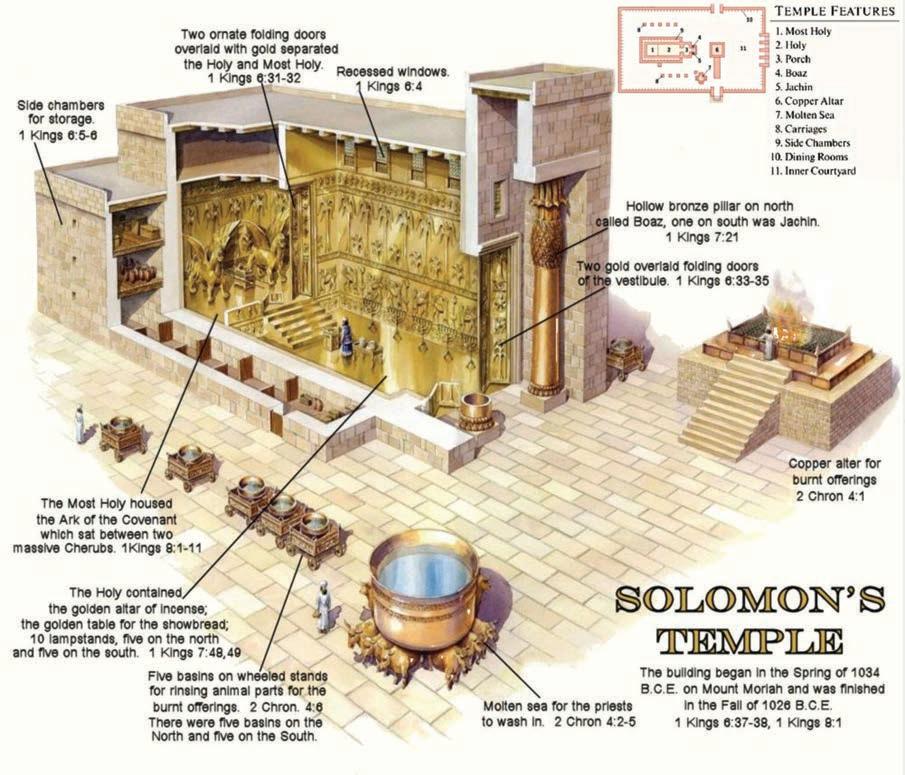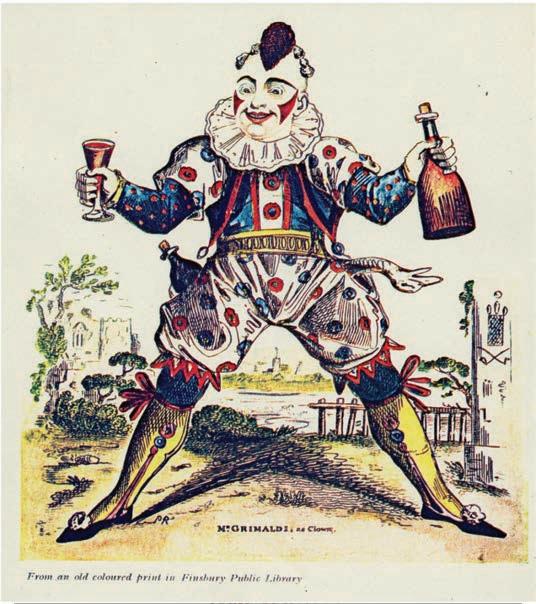Dr. Papadakis is Professor of History (Emeritus) at the University of Maryland. He is the author of Crisis in Byzantium: The Filioque Controversy in the Patriarchate of Gregory II of Cyprus (Crestwood, N.Y.: St. Vladimir’s Seminary Press, 1997) and, in collaboration with Fr. John Meyendorff, The Christian East and the Rise of the Papacy: The Church 1071–1453 A.D (Crestwood, N.Y.: St. Vladimir’s Seminary Press, 1994), which has been translated into French, Greek, Russian, and Hungarian. He was also a contributor and consultant to the Oxford Dictionary of Byzantium (three volumes) and a frequent participant in international conferences addressing the history, theology, and current state of the Orthodox Church.
OF TEMPLES AND MEN THE TEMPLE OF GOD’S GLORY IN JERUSALEM Dr. Aristeides Papadakis
The temple of Solomon, that magnificent construction, was built on earth according to the heavenly pattern revealed to David (1 Chronicles 28:11–12, 18–19) – just as the tent had been erected according to the pattern revealed to Moses on Sinai (Exodus 25:9, 40; Numbers 8:4). When it was consecrated, “the glory of the LORD filled the temple of God” (2 Chronicles 5:14); it was nevertheless desecrated and destroyed by the Babylonians in 587/586 B.C. “Nebu′zaradan, the captain of the bodyguard, a servant of the king of Babylon … burned the house of the Lord, and the king’s house and all the houses of Jerusalem; every great house he burned down. … And the pillars of bronze that were in the house of
the Lord, and the stands and the bronze sea that were in the house of the Lord, the Chaldeans broke in pieces, and carried the bronze to Babylon. And they took away the pots, and the shovels, and the snuffers, and the dishes for incense and all the vessels of bronze used in the temple service, the firepans also, and the bowls. What was of gold the captain of the guard took away as gold, and what was of silver, as silver (2 Kings 25:8–15). The Second Temple, rebuilt when the people were allowed to return from the Babylonian captivity, was eventually renovated extensively by Herod the Great (73–4 B.C). It is of that stunning temple that the disciples remarked, “Look, Teacher,
The Word
13









